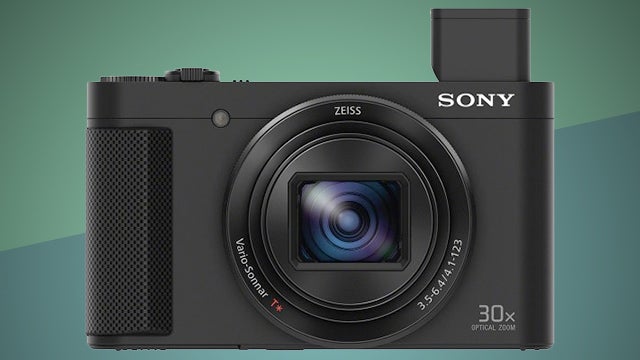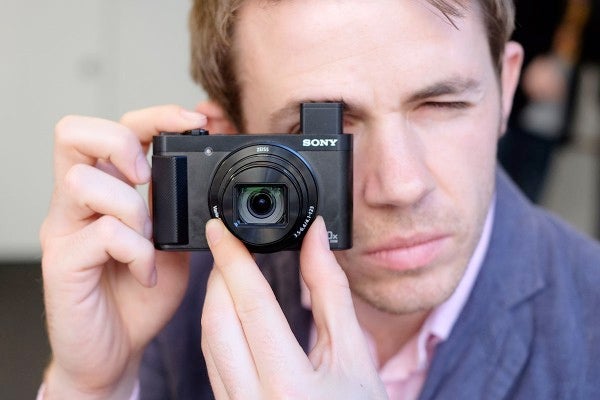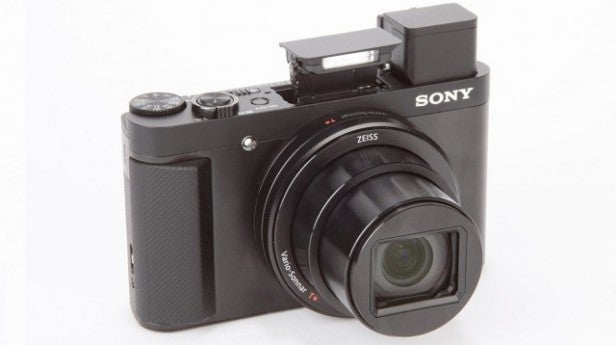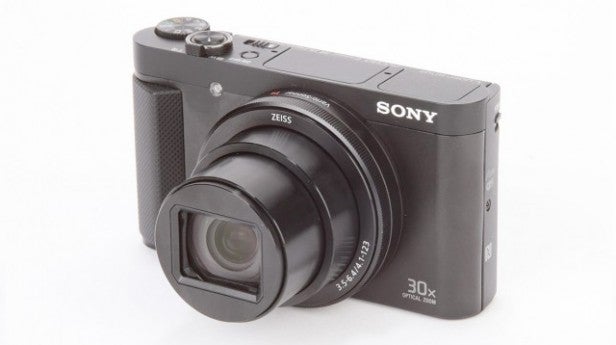Sony HX90 Review - Image Quality, Video and Verdict Review
Image Quality, Video and Verdict
A smart and small superzoom compact

Sections
- Page 1 Sony HX90 Review
- Page 2 Features, Performance and AF Review
- Page 3 Image Quality, Video and Verdict Review
Sony HX90 – Image Quality
The Sony HX90 makes the most of what it has, but its image quality will naturally be limited by its fairly small, 1/2.3-in 18.2-megapixel sensor.
If any more proof were needed that the HX90 is designed primarily for simple, quick photography, consider that it can shoot only JPEG files, not RAW files. The Panasonic Lumix TZ70 does have the ability to capture in RAW format, and this is likely to sway a few of you.

Do, however, consider whether it’s of real importance, since the Sony HX90’s JPEGs offer satisfying colour, plus good white balance and metering.
Time would be better spent lingering over the compromise that comes with the Sony HX90’s smaller sensor. While results are good at a base ISO 80, image quality quickly nose-dives after ISO 800. This is a good deal sooner than you’d get from a compact system camera available at this same price, or the Sony RX100 II, featuring a 1in sensor (now available at a similar price).

This means that shooting handheld in mid-level or poor lighting will generally result in shots with quite a lot of noise and poor dynamic range. As dynamic range dips, you start to lose shadow detail and will see more clipped highlights, generally making your images appear a little murky and lacking in contrast. The Bionz X processor does what it can, but software optimisation has its limits.
If you’re primarily looking to shoot during the day, though, the Sony HX90 can produce very good results at ISO 100-400. Don’t read too much into the max ISO 3200 sensitivity, however: images at the top ISO 1600 and ISO 3200 settings are low in detail and high in noise.

Daylight photos can look great
Sony HX90 – Video
This doesn’t feel like a camera that’s made for taking videos, but the Sony HX90 has a fair crack. You can shoot at up to 1080p at 60fps, and you have a choice of XACV S, AVCHD and MP4 formats.
With no hotshoe, however, it isn’t possible to hook up a higher-quality mic. You have to make do with the integrated one, which is for casual video only.

Should I buy the Sony HX90?
Well, first you need to weigh up your needs. Do you want a camera that you can pull out anywhere, which will provide you with the ability to frame and take any shot imaginable? Or do you want a camera that can shoot satisfying photos when there isn’t much light to work with?
If you’re a traveller who will be shooting in blazing sunshine 90 per cent of the time, wanting fast shutter speeds and low ISO settings, then we can’t think of many better super-small cameras than the Sony HX90. However, if flexibility across light conditions is of more importance then you’d be better considering one of the older-generation Sony RX100 models, now available at very attractive prices.
Is the Sony HX90 better than the Panasonic TZ70? Ultimately, the two are fairly similar, each offering different benefits. The Sony’s flip-out screen will let you take those holiday selfies far more easily, while the Panasonic can capture RAW files, giving you greater control over the post-shoot results.
SEE ALSO: Best Cameras 2015
Verdict
Although not a great performer in low-light conditions, the super-compact Sony Cyber-shot DSC-HX90 offers fair image quality in a lightweight package that makes it the ideal travelling companion.
Trusted Score
Score in detail
-
Value 7
-
Features 8
-
Image Quality 7
-
Build Quality 8
-
Performance 7


